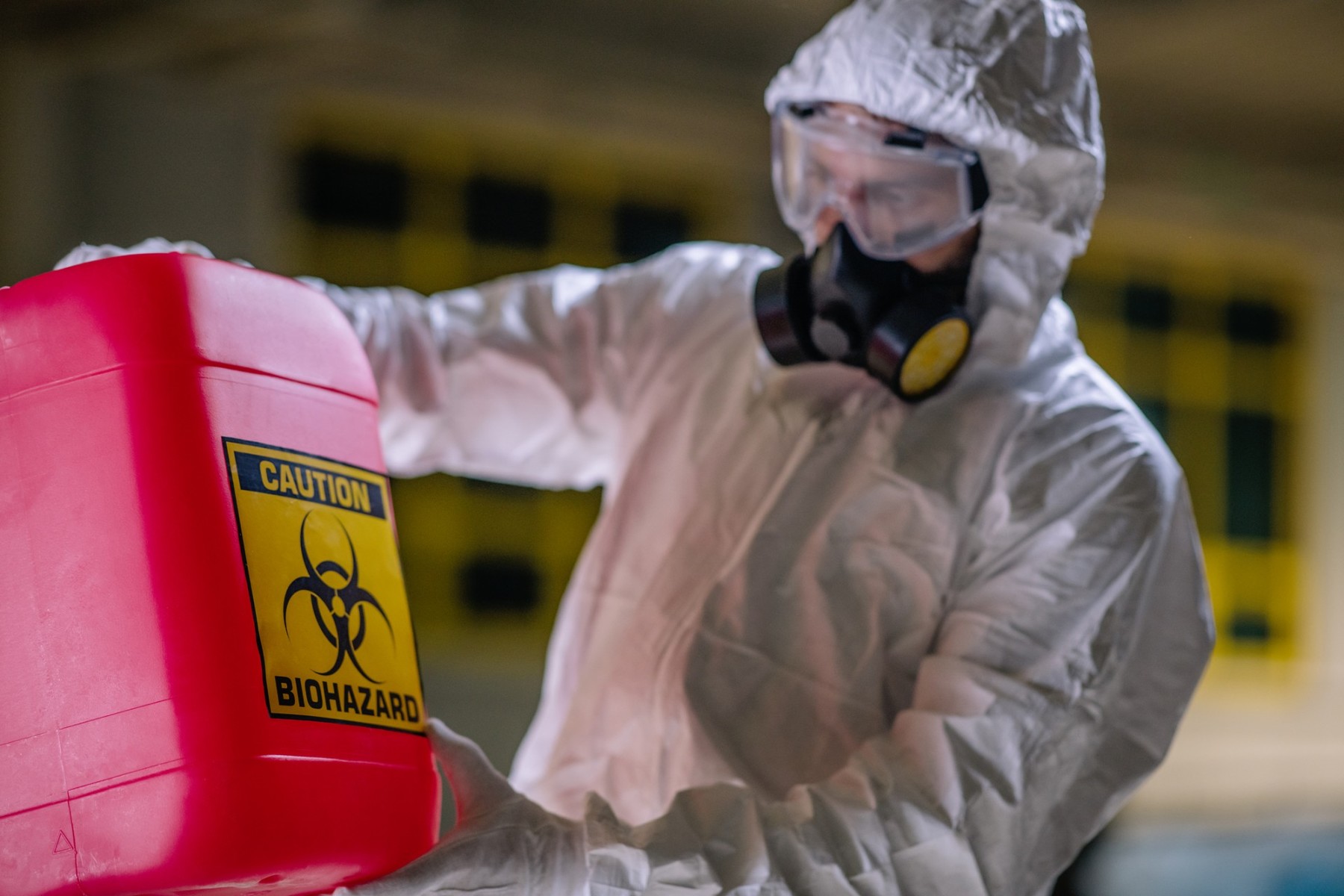Homeowners’ insurance policies can vary significantly from one provider to the next, so homeowners must understand their policy details before assuming that biohazard cleanup coverage will be included. While some insurers may provide coverage for this scenario, it is not a given and should be checked carefully before making any assumptions.
When dealing with hazardous waste, many considerations are involved, such as the health risks associated with exposure and the cost of properly disposing of such materials. For this reason, biohazard cleanup is usually excluded from most regular homeowners insurance plans and must be purchased separately in the form of a specialized rider or endorsement. The exact coverage details will depend on the particular insurer in question, so it is wise to check with your provider regarding any specific exclusions or limitations before assuming coverage.

Does Homeowners Insurance Cover Biohazard Cleanup?
No, typical homeowners insurance does not cover Biohazard cleanup. Typical homeowners insurance policies often only cover specific, defined risks or “named perils.” The high costs and potential liability issues associated with biohazard cleanup, which can stem from health risks and the need for professional services, are other reasons why insurers typically exclude this from coverage.
Homeowners’ insurance covers many incidents, including some unexpected and sudden events. However, it doesn’t cover everything, and one of these exemptions typically includes biohazard cleanup. Here are some reasons why:
- Limited Scope: Homeowners insurance is designed to cover specific, defined risks (also called “named perils”) like fire, theft, or certain kinds of water damage. It’s not meant to cover all possible problems a homeowner might face. Biohazard cleanup might not be one of the named perils in your policy.
- Maintenance and Neglect: Homeowners’ insurance doesn’t typically cover issues that arise from poor maintenance or neglect. If the biohazard situation resulted from neglect or failure to maintain the property, it might not be covered.
- Health and Safety: Biohazards often pose serious health risks, which can complicate cleanup efforts and add to the cost. Some insurers might exclude biohazard cleanup from their policies because of these health and safety considerations.
- Cost and Liability: Cleaning up biohazards can be expensive, and the insurance company may face liability issues if the cleanup isn’t handled correctly. Insurance companies can avoid these costs and potential liabilities by not covering biohazard cleanup.
- Specialization: Biohazard cleanup often requires specialized skills and equipment not all cleanup crews possess. Because of the need for specialized service, insurance companies may not cover it under the typical homeowners’ policy.
It’s important to note that coverage can vary significantly from one insurance policy to another, so you should always read your policy carefully to understand what is and isn’t covered. If you need coverage for biohazard cleanup, you might be able to purchase a separate policy or an endorsement to your existing policy that provides the coverage you need. Always consult your insurance provider or a professional insurance agent to understand your coverage.
Biohazard Cleanup
Biohazard remediation, also known as crime scene cleanup, is a service that focuses on thoroughly cleaning, sanitizing, and deodorizing areas where a traumatic event such as an accident, death, or disease outbreak has occurred. It is essential to make the affected area safe for humans by removing any substances that pose a health risk. Here’s a more detailed breakdown of what it involves:
- Removal: The first step in biohazard remediation is removing any contaminated material. This can include blood, bodily fluids, feces, vomit, or other potentially infectious materials (OPIM). Other hazardous materials, such as chemicals or toxins, may also be removed. In the case of a death or severe injury, this could also include cleaning up tissues or other organic matter.
- Cleaning: Once the hazardous materials are removed, the area is thoroughly cleaned. This involves washing the area with professional-grade cleaning agents to ensure no residual material is left behind. The cleaning process also helps to remove any stains that the biohazardous materials might have caused.
- Disinfection: After cleaning the area, it’s disinfected to kill any remaining pathogens. This is a crucial step because many biohazardous materials can contain viruses, bacteria, or other microorganisms that can cause disease. Disinfection typically involves using EPA-registered disinfectants to kill a broad spectrum of microorganisms.
- Deodorization: The final step in the process is deodorization. Biohazardous materials can often leave behind solid and unpleasant odors. Specialized deodorization techniques remove these odors and ensure the area is habitable.
- Restoration: In many cases, materials like carpeting, drywall, and flooring may need to be removed if they’re too contaminated to clean. After the removal, cleaning, and disinfection stages are complete, these materials are typically replaced or restored.
Biohazard remediation requires specialized knowledge and equipment to handle it safely, so professional cleaning and restoration companies often handle it. These professionals are trained in handling biohazardous materials and have the necessary personal protective equipment (PPE) to protect themselves during the process.
Biohazard cleanup can cover many scenarios, such as sewage backup, mold remediation, and blood spills. Proper protocols must be followed in these cases to reduce health risks and prevent further property damage. Depending on the extent and complexity of the cleanup job, removing hazardous waste can be expensive, often outside the scope of basic homeowners insurance policies. Should you require additional protection for such scenarios, you may need to purchase a specialized biohazard rider from your insurer at extra cost.
Regarding eligibility for biohazard cleanups covered by insurance companies, specific criteria must be met for any claim to be successful. For example, insurers might only cover allegations if they can prove beyond doubt that the biohazardous material was caused by an insurable event – such as vandalism or theft – rather than through negligence or willful disregard on behalf of the homeowner. Insurers may reject the claim entirely or ask for additional premiums to cover related expenses if negligence or improper behavior has been involved.
Finally, it’s important to note that some policies may also require proof that all relevant safety protocols have been followed during any cleanup process; failure to do so could lead to claims being declined due to a lack of evidence that appropriate action was taken by those responsible for handling hazardous materials within your home environment. Therefore, anyone attempting biohazard cleanups must understand what’s required ahead of time to ensure success when dealing with insurers over potential claims relating to these services down the line.
